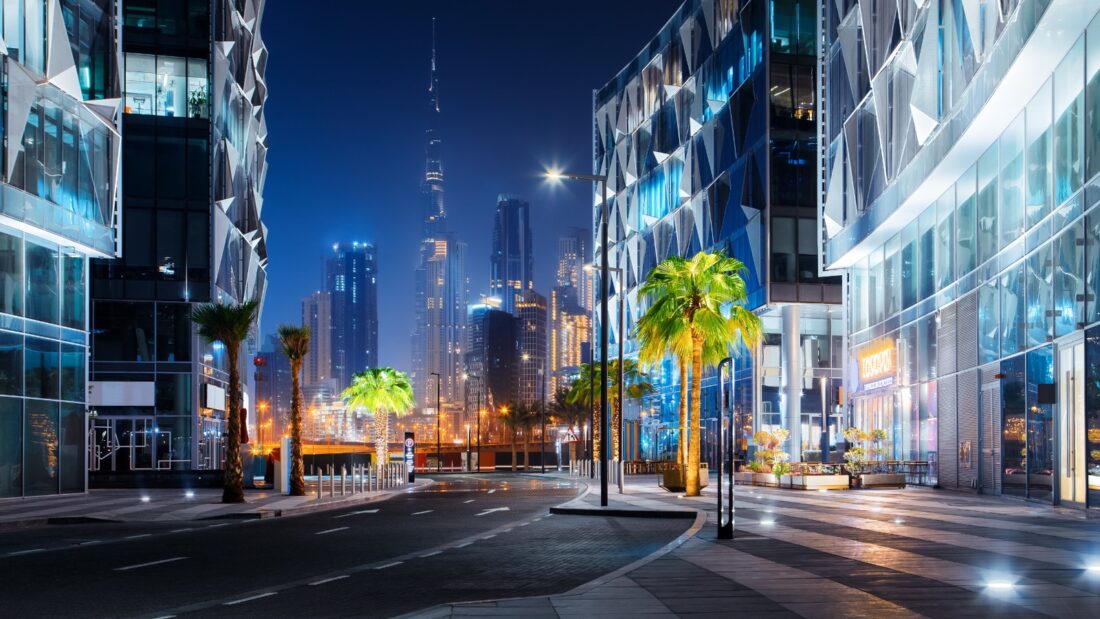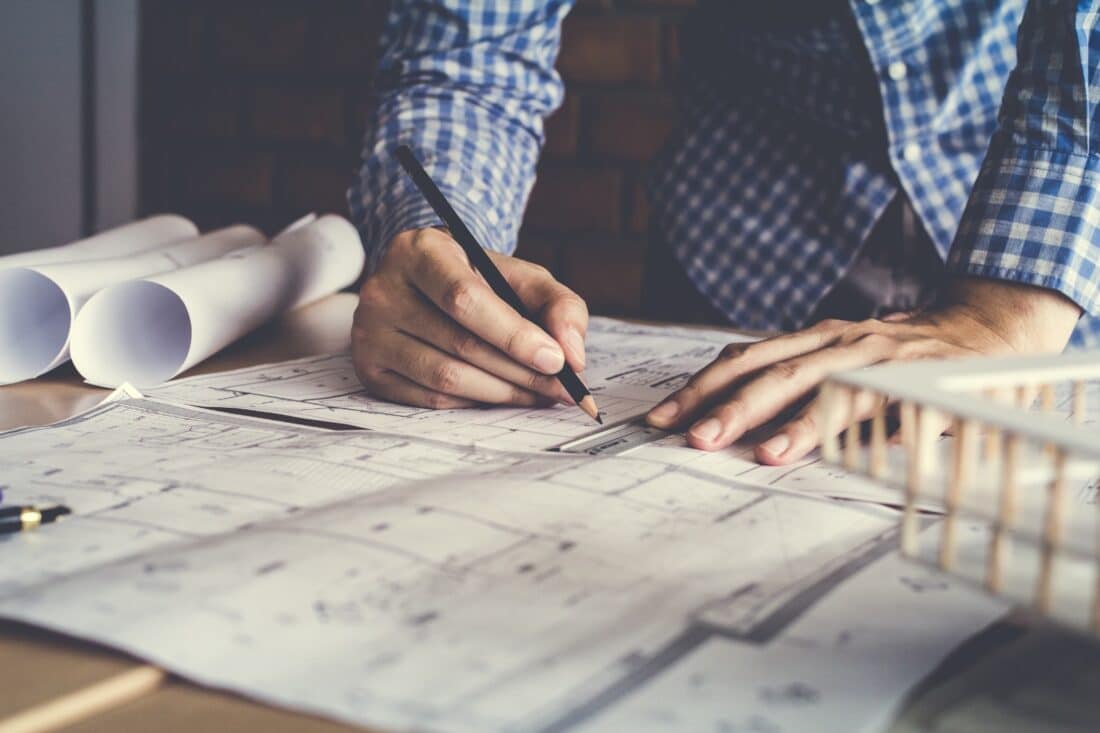Embracing heritage in designing spaces

Vrushali Mhatre, Associate Professor at Heriot-Watt University Dubai, addresses the enduring appeal of heritage traditional architectural design
In this constantly changing world, there is an increasing appreciation for the timeless charm of traditional architectural design. Architects are embracing cultural diversity and redefining the importance of seamlessly blending historical elements with modern necessities. Architects strive to create spaces that deeply resonate with the community, nurturing a sense of belonging by honouring traditions and values. Traditional architecture draws inspiration from the pages of history and creates a sense of continuity using time-tested materials and designs.
The Middle East has earned a reputation for seamlessly blending its rich heritage with modern architectural innovations. Gulf countries have actively sought out top international architects, inviting them to envision innovative ways of living that cater to contemporary needs. Heritage design elements over the years in the UAE have undergone an evolutionary process, drawing inspiration from local heritage, cultural wisdom, and accumulated knowledge.

These traditional design features contribute to shaping spaces that promote a sense of belonging and local culture within the UAE’s built environment. The UAE and Saudi Arabia are leading the charge, embracing modern architectural designs for public and private spaces, marking significant shifts in their urban landscapes. Many projects reflect a perfect balance between preserving cultural legacies and meeting the demands of today’s society, be it technological advancements, environmental concerns, or functional requirements.
For instance, the design of Dubai’s Museum of the Future incorporates elements of art and poetry through Arabic calligraphy on its exterior. These inscriptions, featuring quotes about the future from the prime minister, serve a dual purpose. They are engineered windows, blending aesthetics with functionality in a dynamic manner.
In the UAE, several examples of traditional architecture reflect the country’s rich heritage and cultural identity. For instance, the Sheikh Zayed Grand Mosque in Abu Dhabi is a stunning modern example of Islamic architecture. It showcases traditional Emirati architecture with its unique designs and intricate marble work, honouring the Arabic-Islamic architectural styles.
In fact, the entrance and reception areas of Heriot-Watt University Dubai campus offer a space to weave together diverse cultural elements, creating captivating fusion styles of its international branding with illuminated lighting fixtures and integrating it with natural daylight like the Mashrabiya screens inspired by local architecture.
These screens filter light through a lattice pattern, abstracted from the university’s coat of arms, adding a distinctive touch that transforms the space into a vibrant reflection of global unity. As the country’s urban landscape expands, we can see echoes of ancient Arabian tribes reflected in its built environment. With a deep-rooted historical influence, the UAE’s architectural style symbolises various elements of Arabic-Islamic culture, carving out its unique traditional identity.

One of the defining features of designing with heritage lies in its adaptability to the environment, harmonising with nature by integrating features that respond to local climate conditions. Through the choice of locally sourced materials, traditional design not only promotes sustainability but also weaves a narrative of the region’s history, connecting past and present.
For instance, architects and designers are increasingly rediscovering and reinterpreting the principles and techniques of clay architecture for the modern context. Clay architecture is a sustainable and eco-friendly practice that reduces the environmental impact of construction. Clay is a renewable and biodegradable material that requires minimal energy and water to produce. Moreover, clay has thermal and acoustic properties that enhance the indoor comfort and efficiency of buildings. Additionally, clay can be recycled and reused for other purposes. Masdar City and Expo 2020 Dubai are some examples of clay architecture in the UAE.
Traditional designs are not just structures, they are embedded with symbolism and meaning, communicating with the community through architectural forms and patterns. Cultural narratives are rich with symbols and icons, each carrying a deep meaning within their respective cultures. When designing interior spaces, incorporating these symbols can add layers of depth and significance.

Designers have multiple options, from integrating artwork and sculptures to incorporating patterns and decorative elements inspired by culture. Spaces become more than just places when you include these symbols in the design. They become canvases that tell stories. These symbols not only enhance the aesthetic appeal of space but also serve as powerful visual cues that resonate with cultural associations and narratives. They act as reminders of heritage, tradition, and identity, grounding the space in its cultural context. Whether it’s a traditional pattern decorating a rug, or a contemporary artwork inspired by ancient symbols, each element contributes to creating a sense of belonging and connection.
As traditional architectural design continues to remain an integral part of modern architectural innovation, architects are doing more than just constructing buildings. They are creating legacies that unite generations. In a world that is always changing, holding onto our traditions is not just a choice, but a way of paying respect to the roots that ground us in our past, present, and future. It’s about celebrating the uniqueness and diversity of humanity and finding beauty in our differences.







